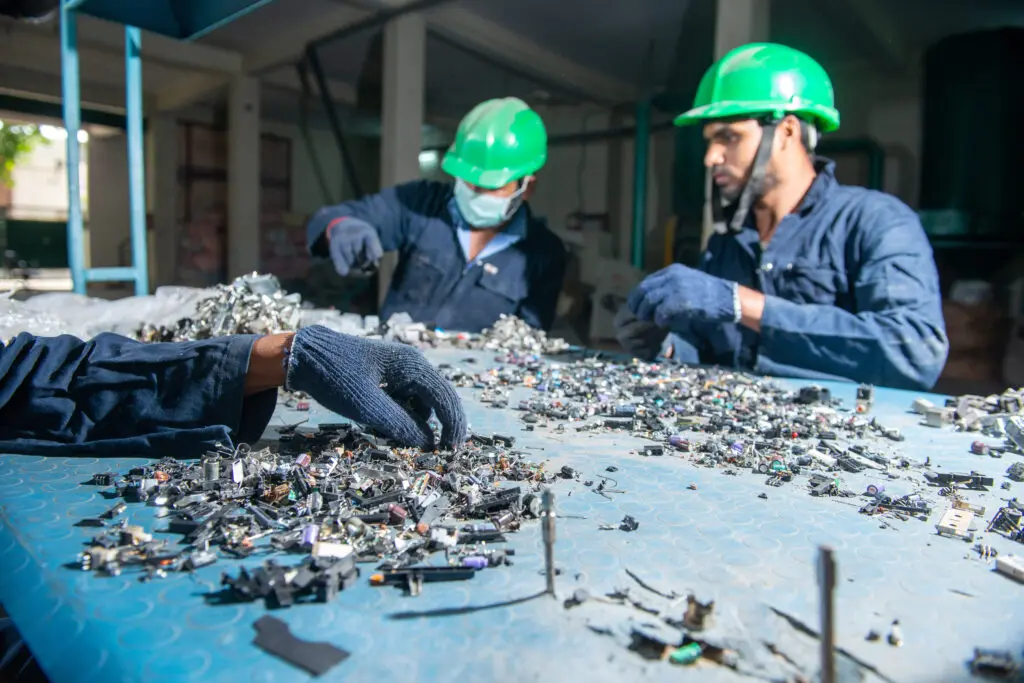Global generation of electronic waste is increasing five times faster than documented e-waste recycling, according to a new United Nations report.
The UN’s fourth Global E-waste Monitor says that, worldwide, the generation of e-waste is rising by 2.6 million tonnes annually and is on track to reach 82 million tonnes by 2030. That is one-third more than the 2022 figure of 62 million tonnes.
Meanwhile, concludes the UN, less than one quarter (22.3%) of e-waste generated in 2022 is documented as having been properly collected and recycled. That means recoverable natural resources worth US$ 62 billion (EUR 57 billion) are unaccounted for with increased pollution risks worldwide.
Recycling decline
The report foresees ‘a drop in the documented collection and recycling rate from 22.3% in 2022 to 20% by 2030 due to the widening difference in recycling efforts relative to the staggering growth of e-waste generation worldwide’.
Challenges contributing to the widening gap include technological progress, higher consumption, limited repair options, shorter product life cycles, society’s growing electronification, design shortcomings, and inadequate e-waste management infrastructure.
Recycling pays off
The report underlines that if countries could raise the e-waste collection and recycling rate to 60% by 2030, the benefits – including minimising health risks – would exceed costs by more than US$ 38 billion.
It also notes that the world ‘remains stunningly dependent’ on a few countries for rare earth elements, despite their unique properties crucial for future technologies, including renewable energy generation and e-mobility.
Don't hesitate to contact us to share your input and ideas. Subscribe to the magazine or (free) newsletter.



